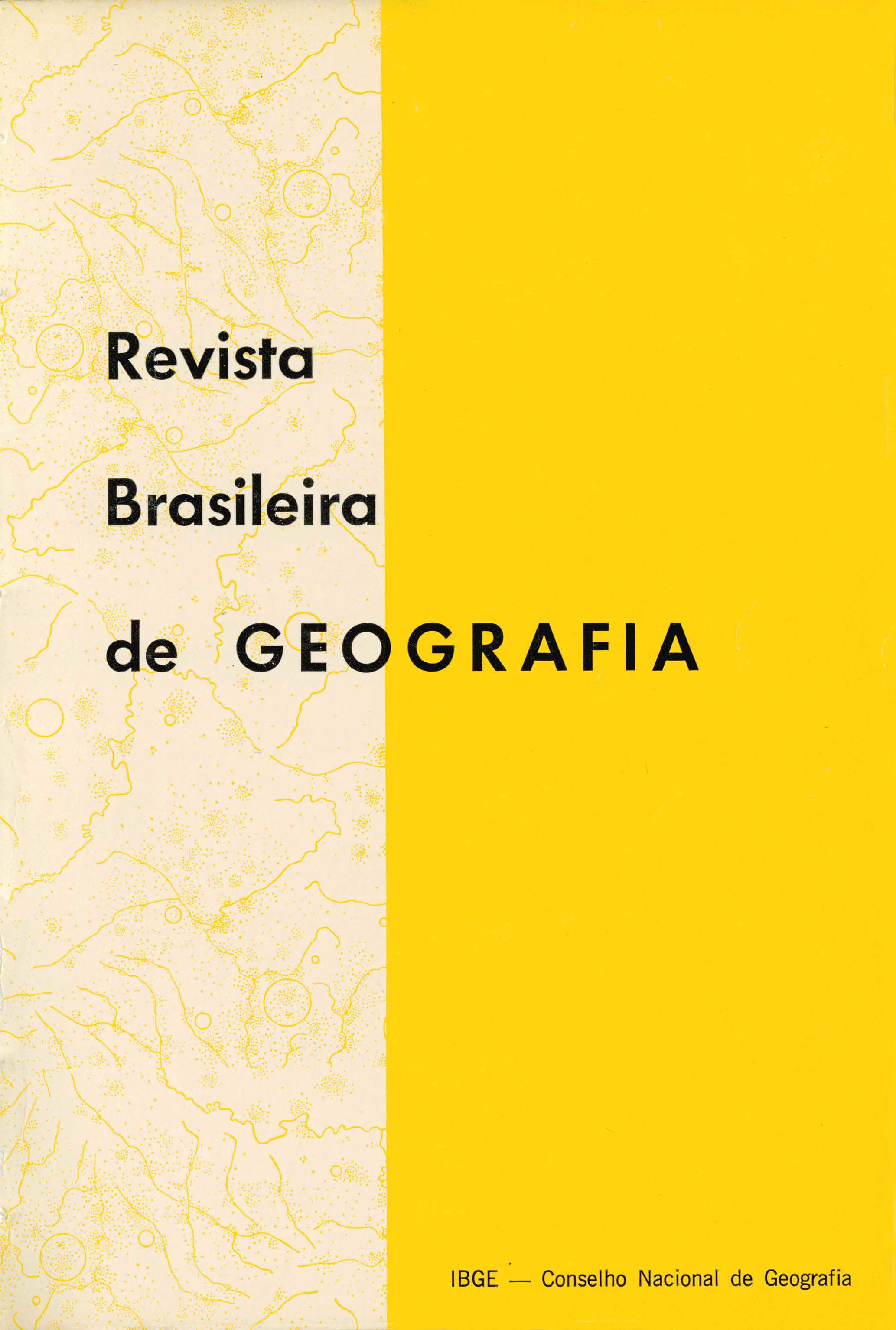Contribuição ao estudo do papel dirigente das metrópoles brasileiras
Palavras-chave:
Regiões metropolitanas;, Geografia urbana;, Planejamento urbano;, Administração municipal.Resumo
The high standard of the brazilian urban organization must be found in about nine metropolis, which are the main centers of distribution of goods and services in the country. These centers are: Belém, Fortaleza, Recife, Salvador, Belo Horizonte, Rio de Janeiro, São Paulo, Curitiba e Pôrto Alegre.
Have these metropolis equal ruling function in their influence zones or, on the contrary, this function is unlike for each metropolis?
The rule function of the production activities in each center was found by the control of the wage earners employed in many industrial establishments located on the influence area, but, depending on decisions coming from de head office of these establishments seated in one of those centers. It was consulted the 1962. Industrial Register, where 42,000 entry forms were examined, corresponding the same numbers of industrial establishment with more than five employees in that year
The table I, in text, summarizes the survey results carried out in that field, allowing a first distinction among the brazilian metropolis: in one side the metropolis considered as nation- wide (São Paulo e Rio de Janeiro), and the other the regional ones.
The former have a leading role in all over the country, but this role is exercised by different ways: as in relation to the various regions (table II and III); as in relation to the command activities (table IV). Other accentuated difference among these metropolis is due to the importance that the government enterprises assume, in Rio de Janeiro, from where they control about 25% of employees working outside of it, considering yet the fact that it had been the federal capital till recent time.
There are two secondary types for the regional metropolis: Pôrto Alegre, Curitiba, Belo Horizonte spread in the region called South-Center, and Salvador, Recife, Fortaleza, Belém, as trade metropolis. The differences among them is first due to the fact of the South-Center metropolis are leading many wage earners reasonably well distributed in the influence zone around it, and with the trade metropolis doesn't happen the same, because their employees are concentrated in one only regional sector. In the second place, the formers have their activities turned chiefly to national market (with metallurgic products, woods, canned foods, drinks), while the trade ones are leading activities concerning foreign market (with sugar, tobacco, cotton, rubber, woods).
These differences are pointing out the complexity of the urban fact in Brazil, as well as the diversity of regions that compound a country which. shows regional unities in different stages of economic evolution.






